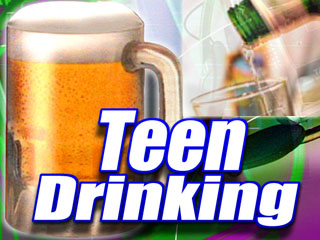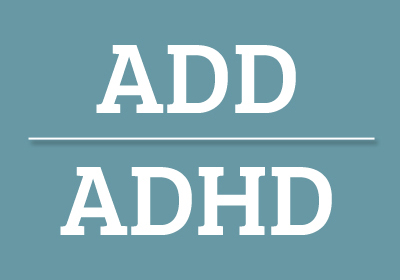Teen alcohol use, underage drinking, and teen alcoholism info from : SAMHSA National Household Survey on Drug Abuse Stats
Underage Drinking Stats for all youth, ages 12-17:
7.2 million adolescents drank at least once in the past year
2.7 million teens drank alcohol about once a month or more in the past year
1 million youths drank at least once a week or more in the past year
Girls were as likely as boys their age to drink alcohol
Hispanic youth were as likely as white non-Hispanic youth to be current drinkers
Black non-Hispanic youth were the least likely of the racial/ethnic groups to be current drinkers
66% thought drinking 4 or 5 alcoholic drinks nearly every day was a great risk
47% thought drinking 4 or 5 alcoholic drinks once or twice a week was a great risk
Teen Alcohol Use for all youth, ages 12-17:
13% had at least one serious problem related to underage drinking in the past year
6% had built up tolerance to the effects of alcohol
3% reported psychological problems related to their teen drinking
1% reported health problems related to their teen alcohol use
Youth, ages 12-17, who drank any alcohol in the past year:
39% had at least one serious problem related to drinking in the past year
18% had built up tolerance to the effects of alcohol
8% reported psychological problems related to their teen drinking
4% reported health problems related to their teen alcohol use
Youth, ages 12-17, who drank alcohol heavily (5 or more drinks on 5 or more occasions in the past month):
77% had at least one serious problem related to underage drinking in the past year
63% had built up tolerance to the effects of alcohol
20% reported psychological problems related to their teen drinking
12% reported health problems related to their teen drinking
Young adults, ages 18-20, who drank heavily (5 or more drinks on 5 or more occasions in the past month):
66% drove under the influence of alcohol in the past year
42% often drove or rode without wearing a seat belt
Young adults, ages 12-20, rates of teen alcohol use in 1998:
Among youth ages 12-20, the rates of teen alcohol use were highest among those 18-20, among whites, male and among those living in the North Central region of the United States. The lowest rates of teen alcohol use were among blacks, females, and youth living in large metropolitan areas.
The rates of current, binge, and heavy teen alcohol use did not change significantly between 1994-1998. Rates were 30.6%, 15.2%, and 6.9%, respectively, for current, binge, and heavy alcohol use.


